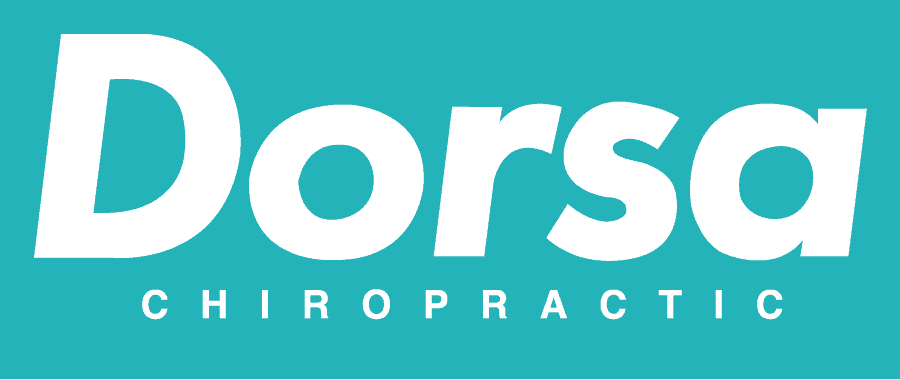Swedish massage, a renowned therapeutic technique, has transcended its Scandinavian roots to become a global symbol of relaxation and rejuvenation. Developed in the early 19th century by Per Henrik Ling, a Swedish physiologist, this massage style has since become a staple in spa menus and wellness centers worldwide. Delving into the essence of Swedish massage unveils not only its unique set of techniques but also the profound impact it has on both the body and mind.
At its core, Swedish massage is designed to promote relaxation and enhance overall well-being. Unlike deep tissue massage, which focuses on addressing specific muscle knots and tension, Swedish massage adopts a holistic approach, aiming to soothe the entire body. A skilled massage therapist employs a variety of long, flowing strokes, kneading, and gentle circular motions to induce a sense of calm and tranquility.
Key Techniques:
- Effleurage:
- The foundation of Swedish massage, effleurage involves long, sweeping strokes that glide over the body’s surface.
- This technique aims to warm up the muscles, improve blood circulation, and prepare the body for deeper massage.
- Petrissage:
- Employing kneading and squeezing motions, petrissage targets specific muscle groups to release tension and improve flexibility.
- This technique is particularly effective in alleviating muscle stiffness and promoting a sense of suppleness.
- Friction:
- By applying pressure with the fingertips or palms in a circular or back-and-forth motion, friction helps to break down knots and adhesions in the muscles.
- It enhances blood flow, fostering a more profound sense of relaxation.
- Tapotement:
- Tapotement involves rhythmic tapping or percussive movements, such as chopping or drumming, to invigorate the muscles.
- This technique is often used towards the end of a Swedish massage session to awaken the senses and boost overall vitality.
- Vibration:
- Utilizing a gentle shaking or trembling motion, vibration aids in loosening tight muscles and promoting relaxation.
- This technique is commonly applied to areas with high tension, such as the shoulders and upper back.
Benefits:
Swedish massage extends beyond the physical realm, offering a myriad of benefits for both the body and mind. Physically, it enhances blood circulation, reduces muscle tension, and promotes joint flexibility. The psychological benefits include stress reduction, improved mood, and enhanced mental clarity. The gentle, rhythmic nature of Swedish massage induces the release of endorphins, the body’s natural feel-good chemicals, fostering a profound sense of relaxation and well-being.
In the hustle and bustle of modern life, Swedish massage stands as a testament to the importance of self-care and relaxation. Its timeless techniques and holistic approach make it a versatile therapy suitable for individuals seeking relief from everyday stress or those on a journey toward enhanced physical and mental well-being. As the hands of a skilled therapist dance across the body, the art of Swedish massage unfolds, leaving in its wake a profound sense of tranquility and rejuvenation.

